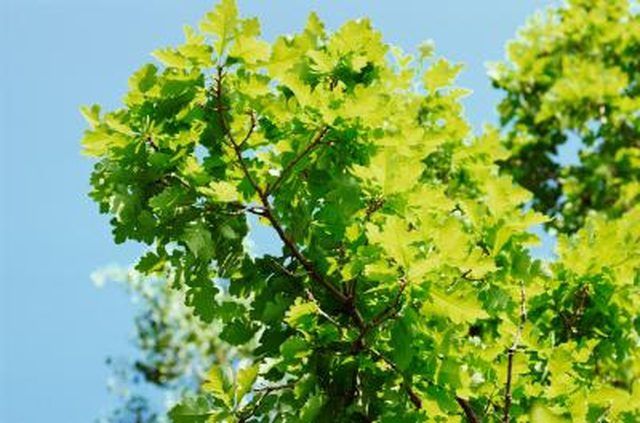Bulbs
Flower Basics
Flower Beds & Specialty Gardens
Flower Garden
Garden Furniture
Garden Gnomes
Garden Seeds
Garden Sheds
Garden Statues
Garden Tools & Supplies
Gardening Basics
Green & Organic
Groundcovers & Vines
Growing Annuals
Growing Basil
Growing Beans
Growing Berries
Growing Blueberries
Growing Cactus
Growing Corn
Growing Cotton
Growing Edibles
Growing Flowers
Growing Garlic
Growing Grapes
Growing Grass
Growing Herbs
Growing Jasmine
Growing Mint
Growing Mushrooms
Orchids
Growing Peanuts
Growing Perennials
Growing Plants
Growing Rosemary
Growing Roses
Growing Strawberries
Growing Sunflowers
Growing Thyme
Growing Tomatoes
Growing Tulips
Growing Vegetables
Herb Basics
Herb Garden
Indoor Growing
Landscaping Basics
Landscaping Patios
Landscaping Plants
Landscaping Shrubs
Landscaping Trees
Landscaping Walks & Pathways
Lawn Basics
Lawn Maintenance
Lawn Mowers
Lawn Ornaments
Lawn Planting
Lawn Tools
Outdoor Growing
Overall Landscape Planning
Pests, Weeds & Problems
Plant Basics
Rock Garden
Rose Garden
Shrubs
Soil
Specialty Gardens
Trees
Vegetable Garden
Yard Maintenance
Black Mold on Oak Trees
Black Mold on Oak Trees. Black mold on oak trees, caused by sooty mold, is common disease of oak and other trees. Although the mold is largely an aesthetic problem, early treatment and preventative measures are vital for reducing further infection.

Black mold on oak trees, caused by sooty mold, is common disease of oak and other trees. Although the mold is largely an aesthetic problem, early treatment and preventative measures are vital for reducing further infection.
Causes
Various insects and aphids secrete sweet honeydew when they infest oak trees, according to the North Dakota State University's website. Sooty mold grows on the secreted honeydew, leaving visible black mold growth. Because the mold grows on the honeydew, it rarely does damage to the tree.
Symptoms
Symptoms of sooty mold consist of gray to black coating on leaves and branches of infected trees. In the case of a severe infection, the mold buildup can block sunlight, thus causing poor growth due to its interference with the photosynthesis process, according to the Ohio State University Extension website.
Prevention and Control
Reduce harmful insects and aphid populations in order to reduce honeydew secretions, thus reducing the likelihood of a sooty mold infection. Control consists of spraying plants with water to remove honeydew and sooty mold and insecticides to reduce insects producing honeydew, according to the Ohio State University website.